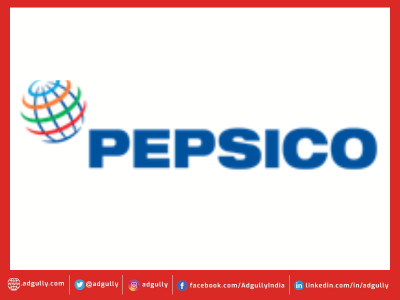ESG practices-policies has become critical for both consumers and investors
Authored by Rachna Kango, Head of Marketing and Strategy Planning, Delta Electronics India
Environmental, social, and governance (ESG) are more than just buzzwords that have made their way around various industries. It demonstrates how businesses compare to others in terms of environmental protection. Environmental factors (such as pollution, sustainability, greenhouse emissions, and waste management) describe how a company's activities affect the environment and how they are managed. The social criteria, which include human rights, labor practices, working conditions, and diversity, are concerned with the business's relationships, inclusion, and composition. At the same time, governance refers to management responsibilities such as gender equity, bribery, corruption, executive pay, and board diversity.
As a result, adopting ESG practices and policies has become critical for both consumers and investors, as it involves businesses and brands embracing sustainable practices. Consumers today are increasingly aware of the sustainability and ethical factors associated with brands and the products with which they interact on a daily basis.
Every household consumer is becoming more aware of the environmental and climate change implications of ESG.76% of consumers said they would stop buying from companies that are bad stewards of the environment, their employees, or the communities in which they operate. ESG has gained traction, particularly in the aftermath of the COVID-19 pandemic outbreak, which consumers regard as the century's first sustainability crisis.
How does ESG affect businesses?
While it is obvious that sustainability is not a new concept in the marketplace, incorporating ESG efforts and strategies and linking them with marketing efforts can help in significant ways. It will increase brand loyalty and value by effectively telling the brand story. Businesses can best demonstrate their brand's inclusivity, sustainability, equity, and transparency through ESG, and connecting them with marketing efforts helps in remarkable ways. It will increase brand loyalty and value by effectively telling the brand story. Businesses can best demonstrate their brand's inclusivity, sustainability, equity, and transparency through ESG. Every corporate entity's CEO must be the driving force behind this process, which must be initiated by the CEO and supported by the CMO, who can arguably act as the chief sustainability officer.
Sustainability, like cost and brand experience, has become a fundamental need for both B2C and B2B consumers. It is also changing the landscape of marketing. Most businesses understand the importance of communicating proactive and integrated ESG policies and outcomes in order to maintain a competitive advantage over other industry participants. Here's a step-by-step guide to incorporating ESG into various marketing plans.
Starting by redefining the mission statement
To begin, businesses should develop a mission statement that is consistent with their ESG efforts. This step aids in the expression of an organization's environmental, social, and governance commitments. However, because it is unsuitable for the business, aligning the entire mission around responsible growth is not recommended. Instead, incorporating such values into the purpose helps to establish the tone of the organization's culture.
Analyzing brand values
Brand values are at the heart of any business, and it is especially important to define and communicate a brand's ESG outlook and efforts. Organizations must develop authentic company values and key messaging driven by sustainability.
Listening to consumers
A proper ESG strategy does not necessitate that a brand have all of the answers. As a result, businesses must use social media channels and gain access to their target audience to obtain the necessary input and feedback. For example, during a Twitter chat, companies can ask consumers specific questions about their approach to ESG issues. Starting a simple LinkedIn poll allows businesses to engage in a discussion and respond to customer comments. As a result, in order to align with customers and craft messages accordingly, listening to them is critical to a successful ESG strategy.
Sharing the spotlight and amplifying others
ESG undoubtedly highlights some direct or indirect issues that are frequently encountered. It denotes that consumers can relate to the problems, making the company the star in a crowd of like-minded companies or individuals inspiring and educating customers.
Final words
ESG is a common marketing touchpoint for brands. Sticking to ESG issues for a solid marketing strategy cannot fail if organizations adhere to a few key pillars. To begin, brands should remain at the forefront and work to close the gaps between their current brand position and where they want to be. Second, they must understand that marketing is a two-way street, not a one-way message. Finally, consistency is essential in incorporating ESG into every campaign to capture the attention of consumers.








Share
Facebook
YouTube
Tweet
Twitter
LinkedIn